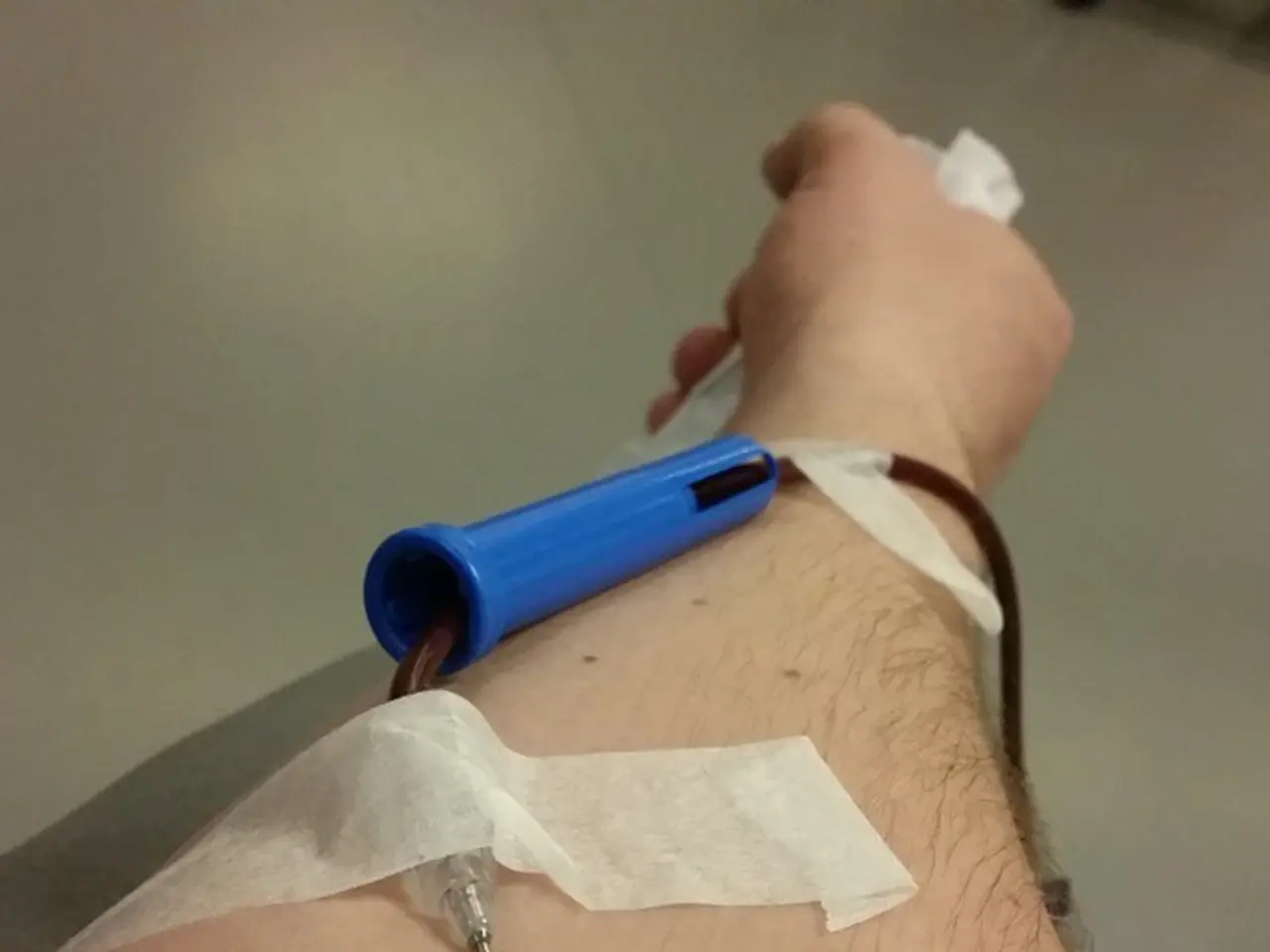A phlebotomist is a healthcare professional who specializes in the process of drawing blood from patients for various diagnostic tests and medical procedures.
Phlebotomists are essential healthcare professionals who play a crucial role in the diagnostic and therapeutic process of various diseases. Their primary job involves obtaining blood samples, which are vital for blood tests or donation.
To become a phlebotomist, one typically requires a specialized training or certification program in phlebotomy. This education can be provided by institutions like the Red Cross or medical training centers. In Germany, this training may be part of or associated with vocational training in medical laboratory or nursing fields, and language skills such as German at B2 level may be required for working in Germany.
The path to becoming a phlebotomist often involves earning a certification from a post-secondary phlebotomy program. The length of time it takes to become a phlebotomist varies but usually takes less than a year. Certification requirements vary based on the organization and program, including the number of hours of education, experience, and blood draws required.
Multiple organizations offer phlebotomy certifications, including the National Phlebotomy Association, American Medical Technologists, and The American Society of Phlebotomy Technicians. Some states have implemented a state certification process for phlebotomists, while others allow on-the-job training.
Phlebotomists work in various facilities, with the largest percentage working in a hospital setting. Other facilities where phlebotomists work include clinical laboratories, doctor's offices, blood donation centers, mobile blood draw companies, community health clinics, and nursing homes. Outpatient facilities tend to pay more than physician's offices.
A person having blood drawn can expect the phlebotomist to introduce themselves, explain the blood draw process, apply a tourniquet, disinfect the area, insert a needle into the vein, release the tourniquet, remove the needle, apply pressure to stop bleeding, and place a Band-Aid over the area.
The U.S. Bureau of Labor Statistics provides data on the salary of a phlebotomist. The average yearly salary for a phlebotomist in the United States in 2022 was $38,530, with the top 10% earning more than $51,610. The type of facility, location, shift worked, and years of experience can affect a phlebotomist's salary.
Phlebotomists may also have additional responsibilities and handle other specimens like sputum, urine, and stool samples. They play a significant role in the healthcare industry, contributing to the diagnosis and treatment of numerous health conditions.







